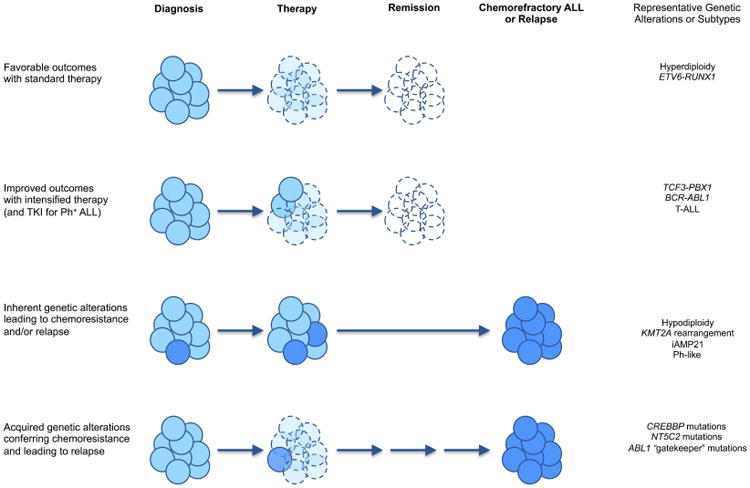Figure 2. Impact of genetic features of ALL upon therapy response.

Chemosensitive ALL cells (pale blue) respond to appropriately intensive chemotherapy based upon underlying leukemic genetics and risk stratification, often allowing patients to achieve sustained remission. Chemoresistant ALL cells (dark blue) may result from inherently drug-resistant subclones present at diagnosis or from selective pressure during chemotherapy that leads to development of acquired mutations and facilitates relapse. Very rarely, secondary malignancies may arise from genetically distinct subclones than those present at diagnosis.
